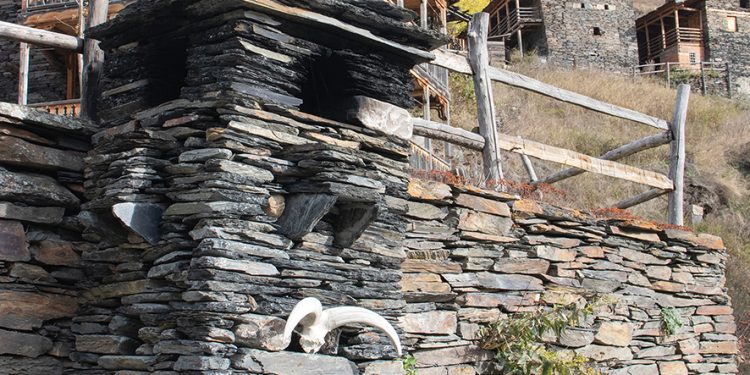Having been summoned back to Tusheti province as it prepared to close for the winter, we answered with an enthusiastic affirmative, assembling a group of six friends for our driver friend Dato Urushadze’s Delica van. This was something like his 10th trip up there just this year, he told us, and clearly we were in good hands. The road, reasonably dry and in better shape than our first visit several springs ago, gave much more confidence than it had that first time.
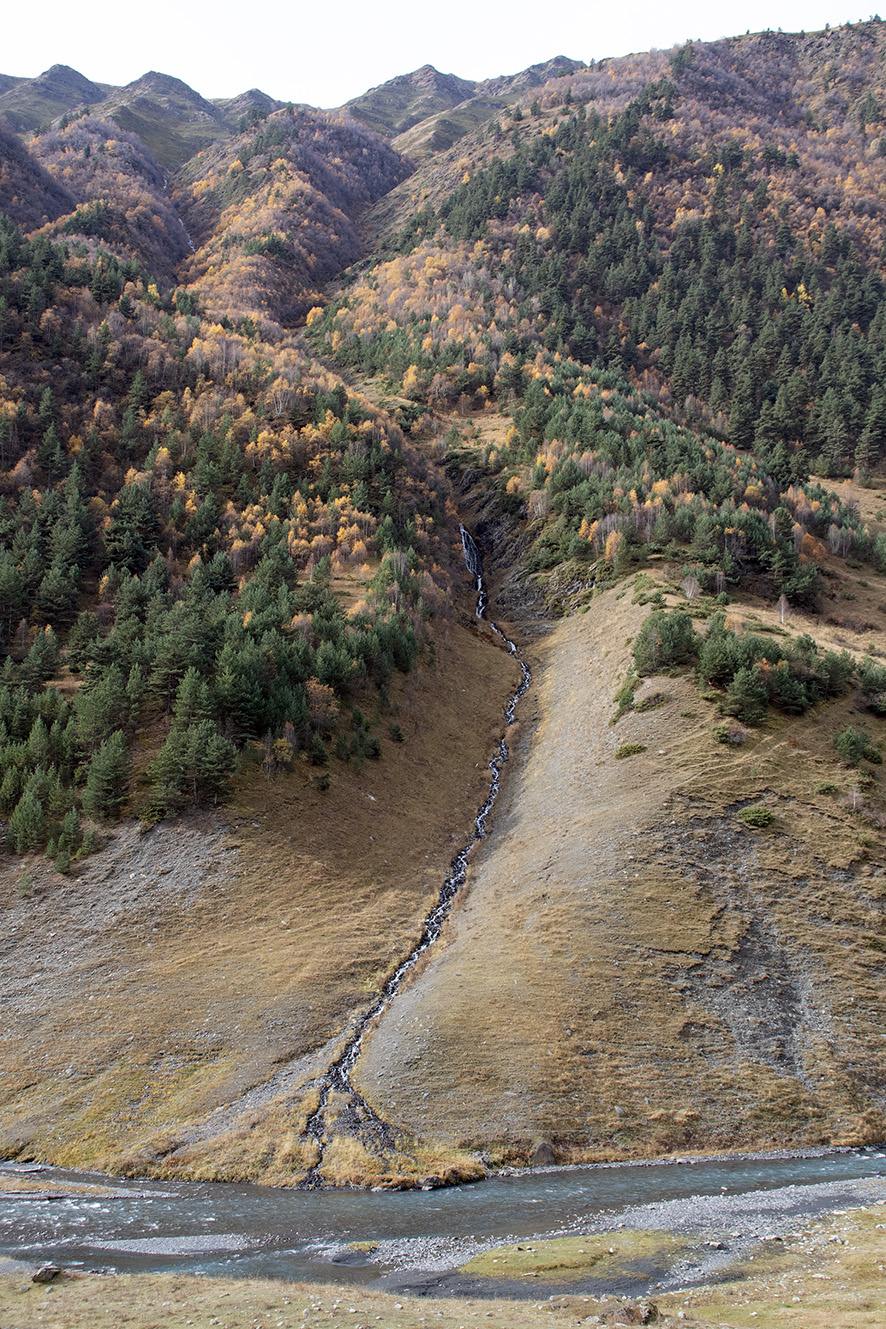
The rivers, too, now no longer filled with silt and runoff from the spring melts, were sparkling shades of turquoise, pure and clean, though still bitingly cold. And the autumn tree colors of the late season were at their richest reds and golds, mixed in with all the coniferous green shades to make a full palette. Blue skies and a dusting of snow on the mountain peaks completed the scenes. And the sheer scale of the landscapes we could see, so high and low and wide right from the roads, also took our breath away.
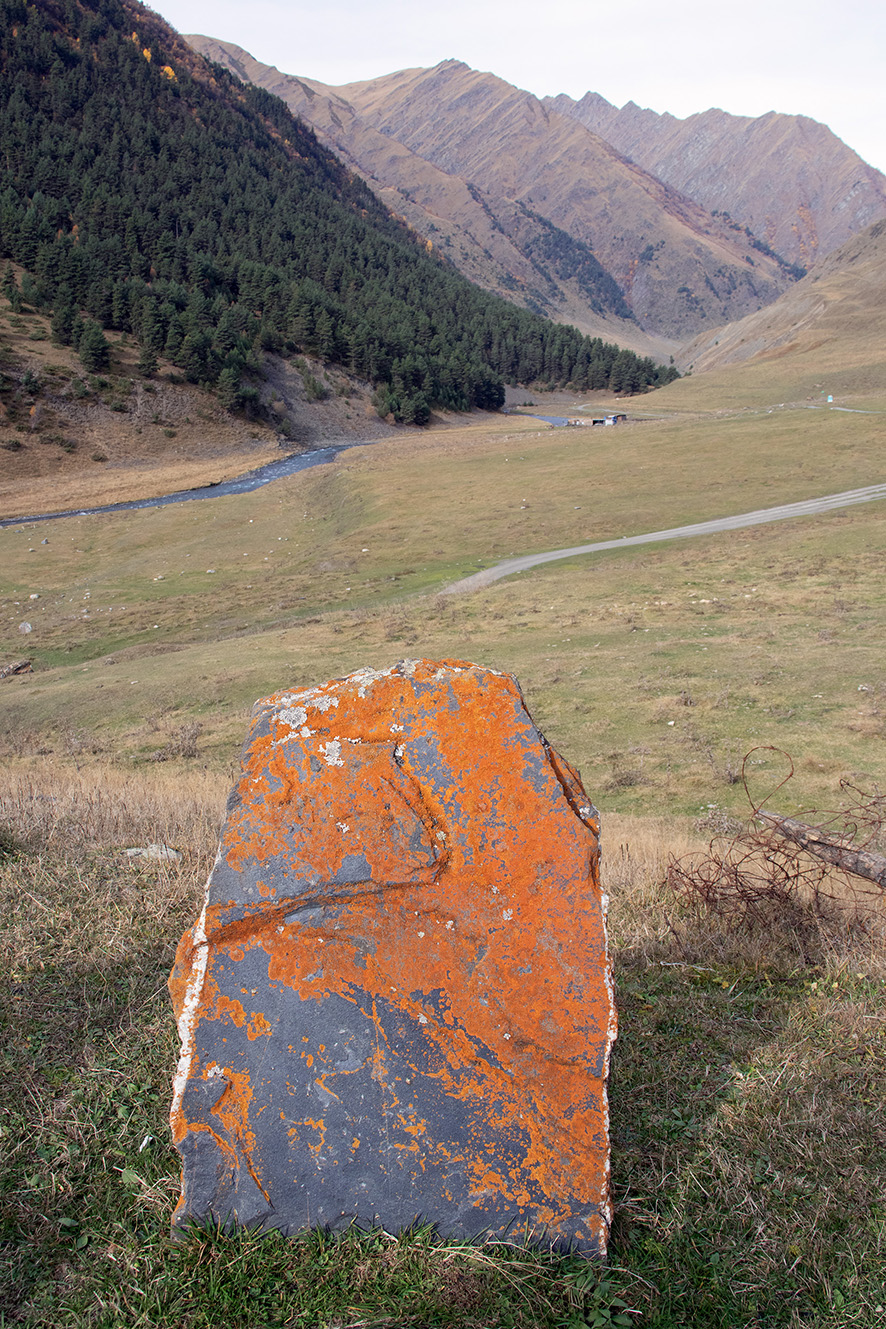
Weather, carefully watched, was on our side. There is hardly anything worse than waking up to rain pattering on the tent. While we did actually have this experience early on the morning of our final day (worst timing to pack up in!), mixed with occasional light snow, it obligingly dried up so that Dato would not have to unpack and air out his three tents at the other end. Nightmare, or at least considerable bother, averted. But this was still a day away.
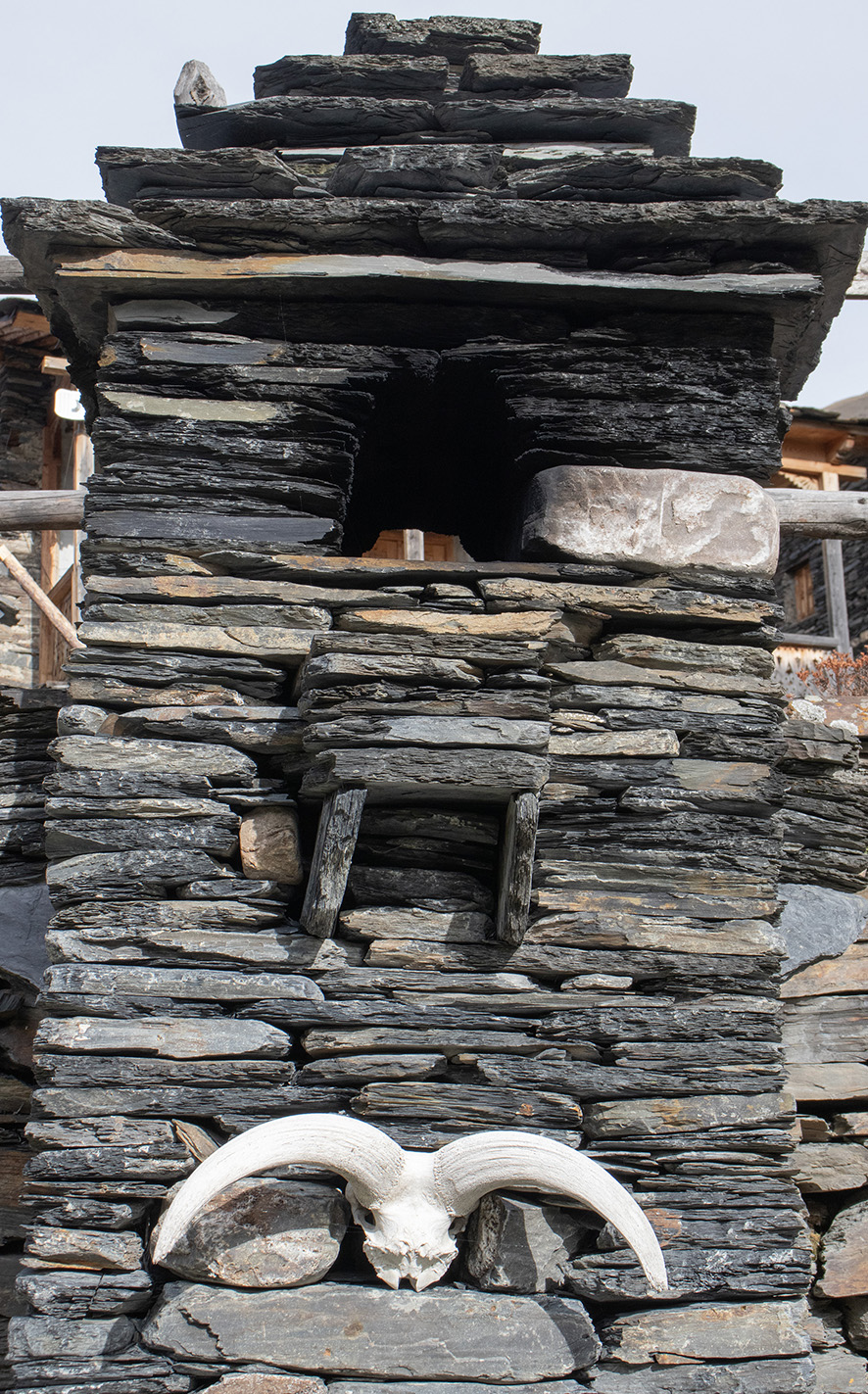
Our first morning, after a breakfast of all sorts of leftovers from the day and night before, along with hot coffee, we packed lunch to take with us, and set off in Dato’s van for some exploring of the region’s villages, chiefly Dartlo and beyond. Three of us, including my wife and I, had seen Tusheti that first spring visit, and three were quite new to it. But for all of us, the slow going on roads of dirt and rock was certainly worth it.
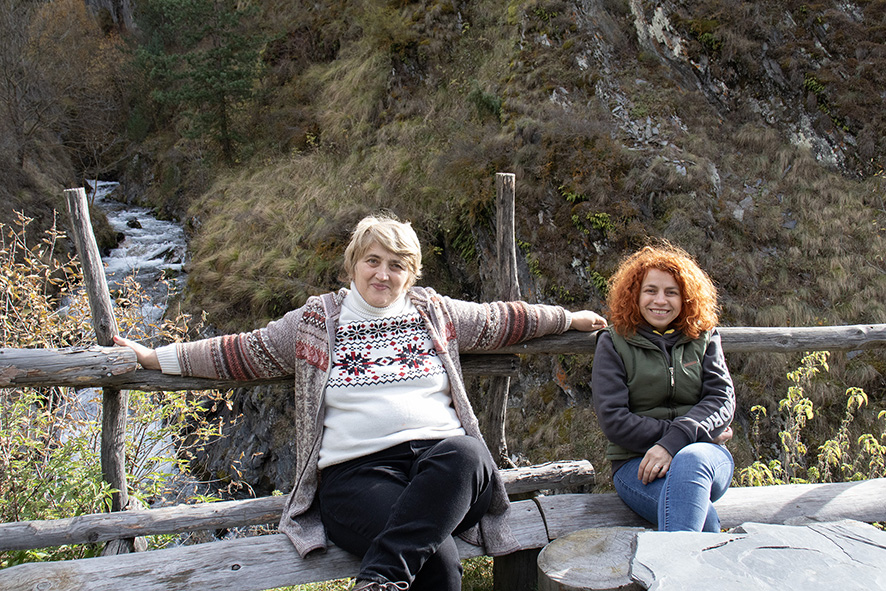
It is strange to walk through these villages, mostly of slate houses and their ancient towers, when they are almost completely abandoned for winter. The last few inhabitants were packing vehicles and setting off even as we drove and then walked in, and we had the place almost entirely to ourselves. Dartlo’s sad roofless church, circle of 12 “court stones” where local judgements were made, beautiful petroglyphs scattered about randomly, and pyramid-topped slate towers made a strong unified impression. I hope that the old stone buildings and carved wooden balconies will never be allowed to give way to more modern structures, which could only jar the eye and spoil the effect.
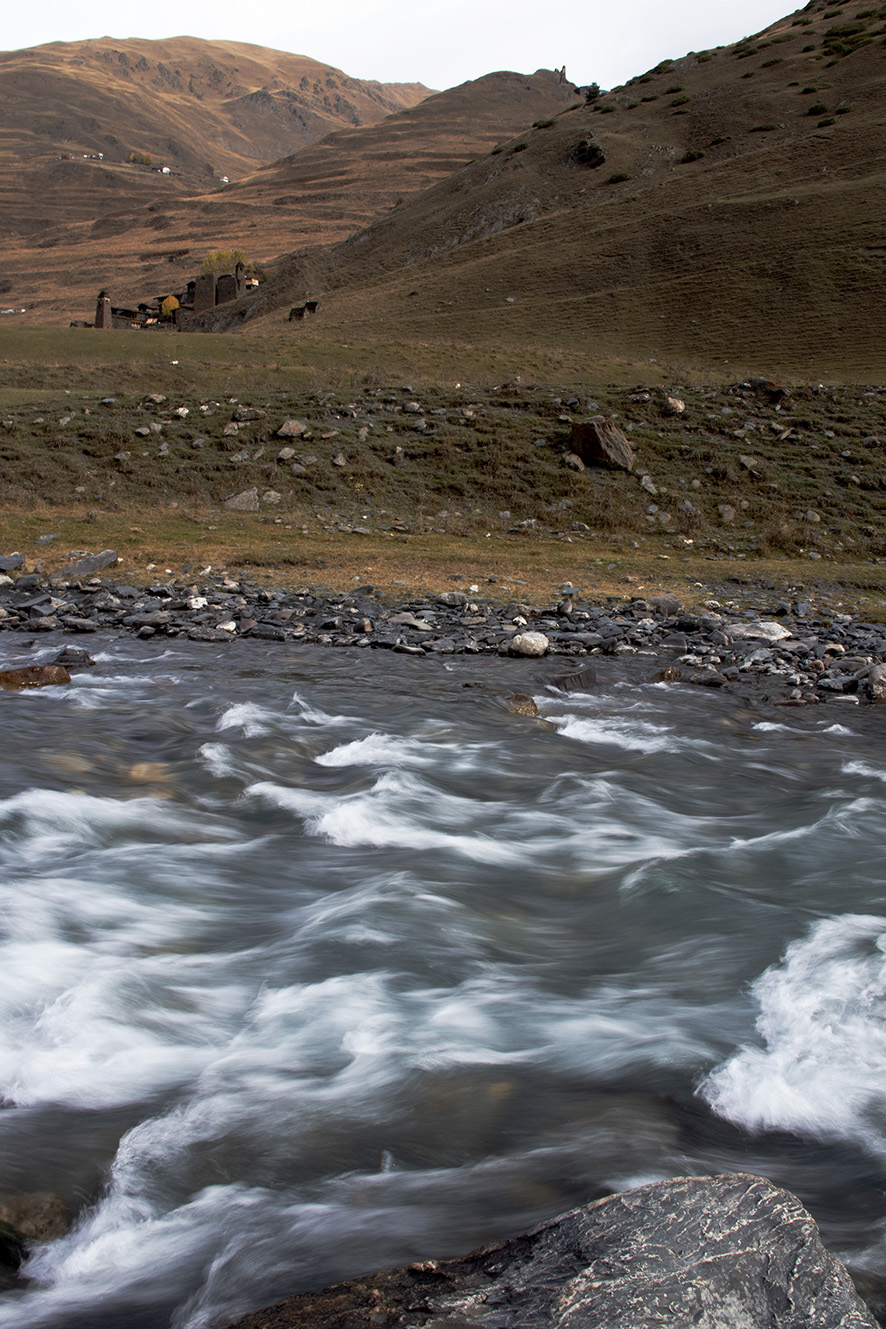
All the tourism here, I reminded myself, is being done without the help of electrical wires. If you want power, use solar panels or a generator; for heat, wood is your best option. So this is a great challenge. For all the moaning we do about bad electricity and blackouts in Svaneti, at least it’s there much more than absent. Not so in Tusheti. Respect.
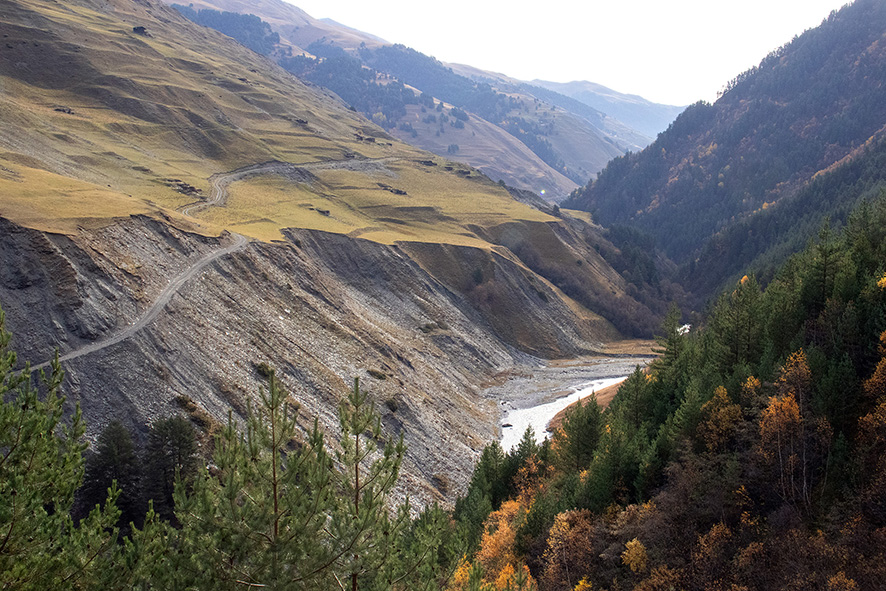
A new village some kilometers past Dartlo awaited us, previously roadless (at least for cars, even 4x4s) but now graced with wheeled access. We delighted like children at its towers and stack of three fortresses, one after the other off into the distance. But Dato’s offer of considerably more villages we declined, still feeling tired from the yesterday’s long trip up. A mid-afternoon return to the camp, so that we could cook the shish kabobs and marshmallows for supper before dark, was perfect. With sighs, we slipped, fully clothed, into our waiting tents and sleeping bags for a silent night.
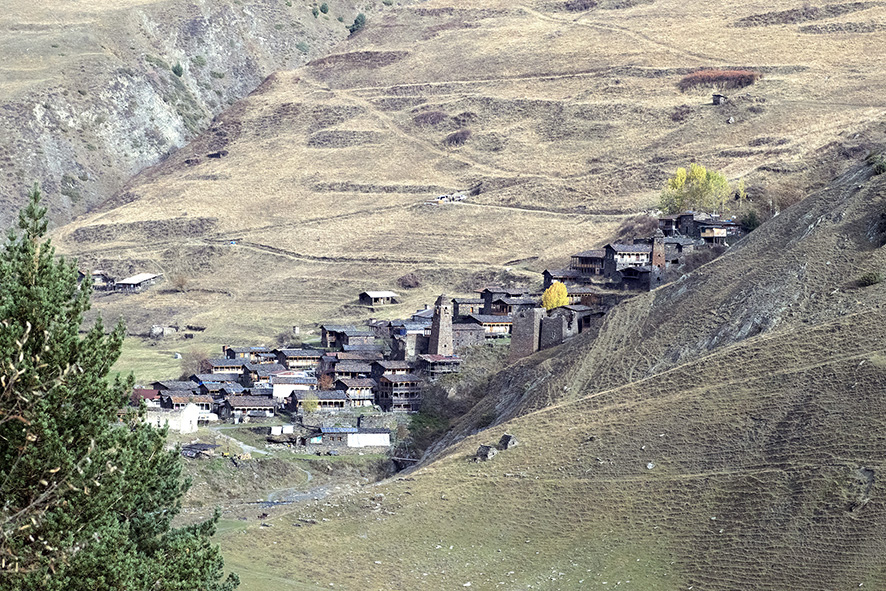
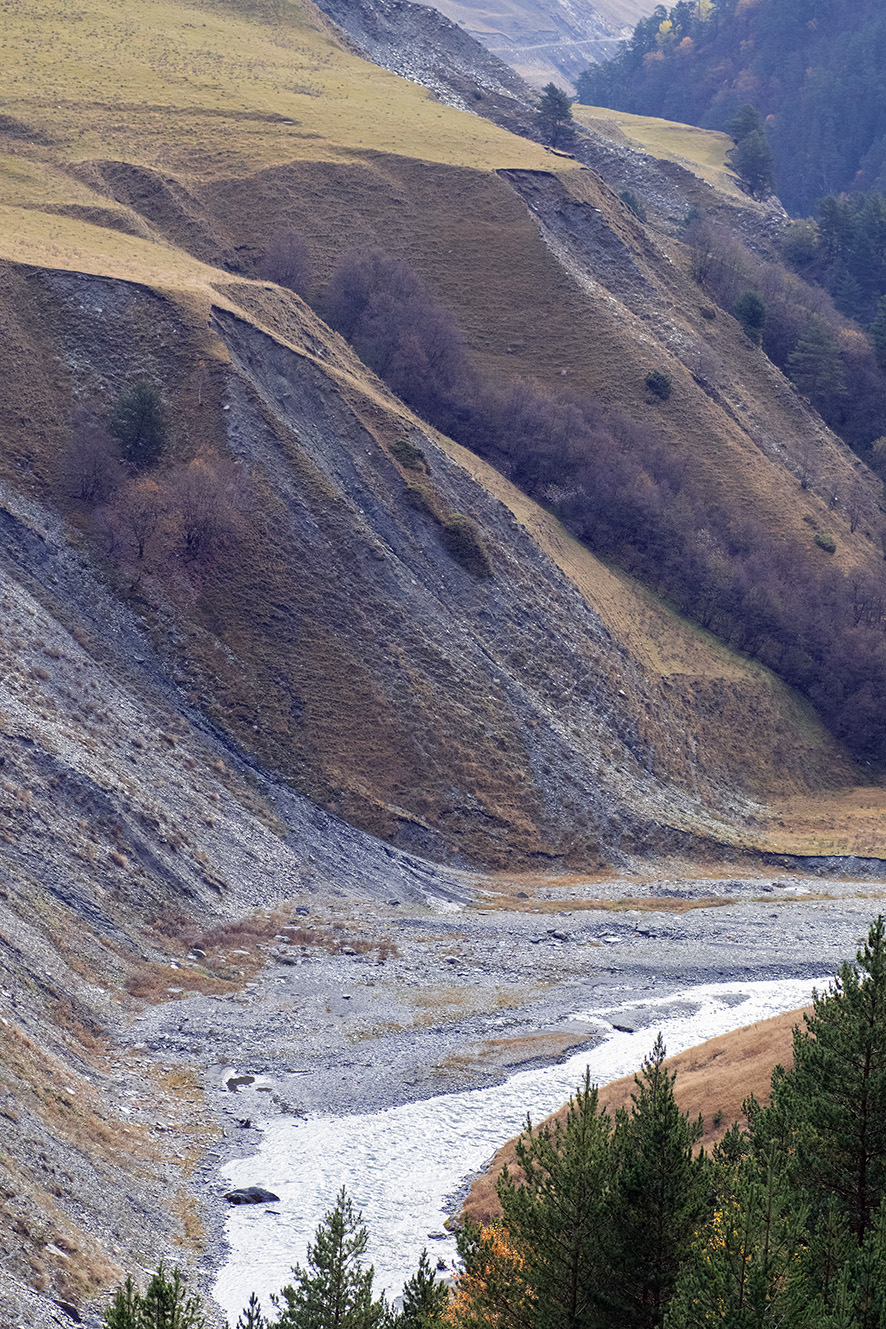
BLOG by Tony Hanmer
Tony Hanmer has lived in Georgia since 1999, in Svaneti since 2007, and been a weekly writer and photographer for GT since early 2011. He runs the “Svaneti Renaissance” Facebook group, now with over 2000 members, at www.facebook.com/groups/SvanetiRenaissance/
He and his wife also run their own guest house in Etseri: www.facebook.com/hanmer.house.svaneti2

